
I love using fresh herbs, but often find myself with leftovers I cannot use up before they go bad. A lot of stores are now selling them in plastic packages that come in one size only. Need one tablespoon of sage? Too bad, you need to buy the whole thing. Even if I grow some herbs, they are often going bad before I can use them all up. In order to create less waste, here are a few ways to preserve and use up what’s left.
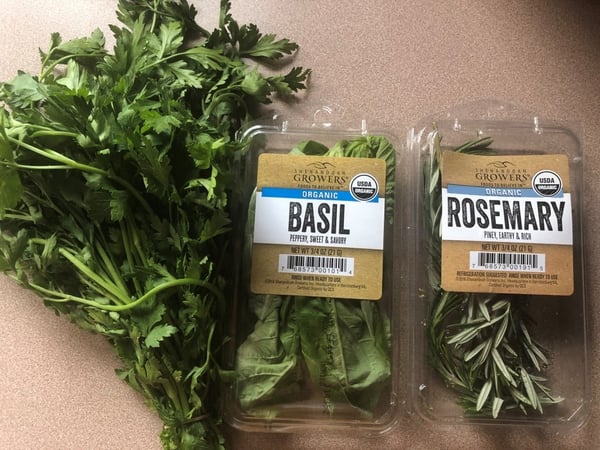
Drying
Use for these herbs: oregano, thyme, sage, rosemary, tarragon, mint
- Tie and hang herb bundles in a dark spot in your home that is cool and dry. Try your basement or a closet. I tied mine to a coat hanger in my basement.
- Make sure herbs are fully dry before taking down. Any moisture left will leave room for mold when storing. Allow a week or two for the process.
- Store whole leaves in an airtight container, this will allow the flavor to remain intact until you are ready to use.
- Drying the herbs will concentrate the flavor, so you may not have to use as much as a fresh option.
- If you live in a humid climate, you may want to invest in a dehydrator. Humidity can create mold before they are able to dry.
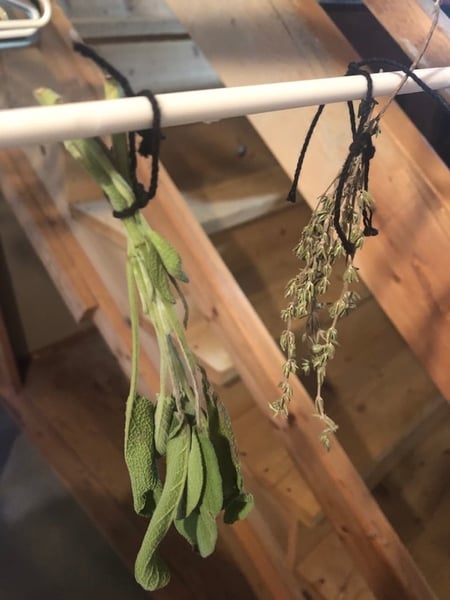
If you want to read more, see this great blog from The Chopping Block's Owner/Chef Shelley Young on How to Dry Herbs.
Freezing
Use for these herbs: basil, parsley, chives, cilantro, mint
- Wash, dry and remove leaves from stems. Once herbs are fully dry, lay them on a flat tray and freeze.
- When the herbs are fully frozen, move to a freezer-safe storage container.
- You can also freeze whole bunches, but you’ll have to pick after thawing.
- Freezing preserves essential oils and is fairly easy to do. Once frozen, you can pull as needed and use for sauces, soups, etc.
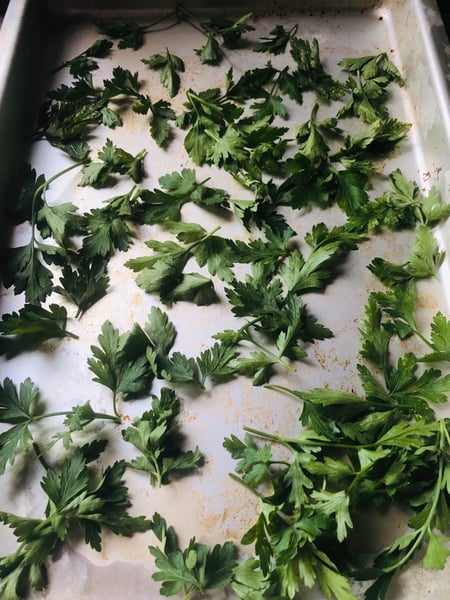
Compound butter
Use for these herbs: most herbs work well
- Make a flavored butter and use to season meats, seafood, veggies, or even breads.
- Chop up your favorite herb or herb blend. Add to softened butter and mix thoroughly. You can also add other flavors such as citrus, garlic and spices.
- Store your compound butter in the refrigerator or freezer.
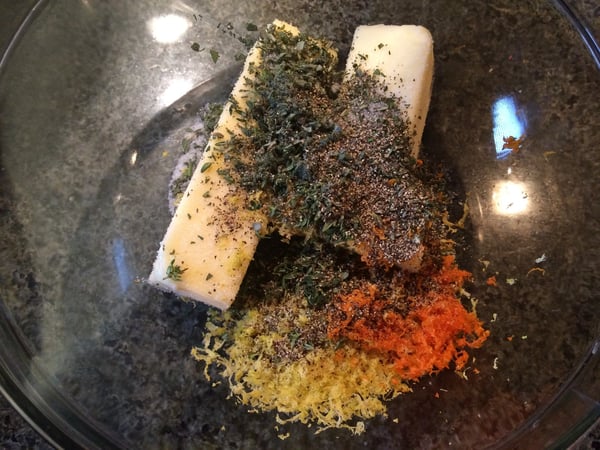
Infuse cooking oils
Use for these herbs: Cold infusion: parsley, basil, cilantro or Heated infusion: rosemary, thyme, sage
- To make a cold infusion, use a food processor to finely chop your herbs and draw out moisture. Mix with oil and let sit for a few hours until it starts to taste herbal. Strain out any solids from the oil.
- Store cold infusion oils in refrigerator to extend shelf life.
- To make a heated infusion, slowly heat oil in pot to about 150*. Remove from heat and add preferred herbs to steep. You can leave herbs in for a long time to keep adding stronger flavor.
- Store heated infusion at room temperature.
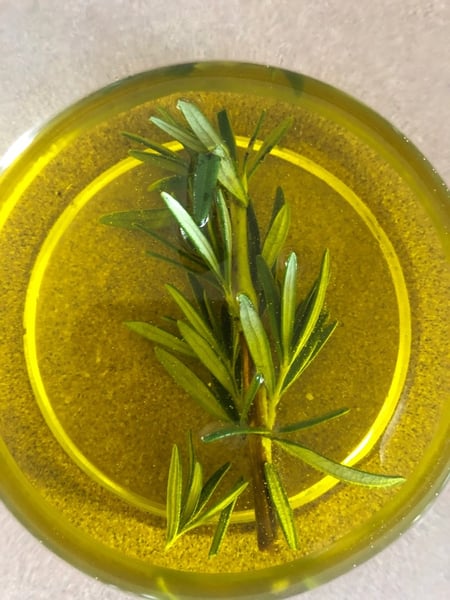
To learn more about herbs and ways to use them, check out our guide to fresh herbs and spices. Don't miss our Cooking Lab: Flavor Dynamics class on Sunday, January 12 at 11am or Friday, January 24 at 10am at Lincoln Square. We'll teach you the art of tweaking the five basic tastes - Salty, Sweet, Bitter, Sour and Umami - and how to use herbs, spices, oils, vinegars and aromatic ingredients to create a rich tapestry of cuisine limited only by your imagination.

